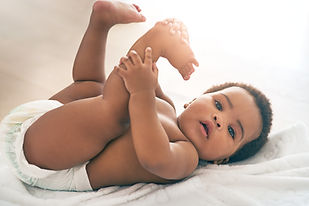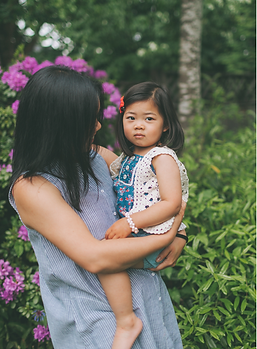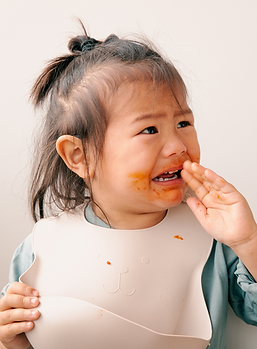
Crying
It’s important to remember that before your baby has learned how to communicate effectively with words, they rely on crying to express their needs and desires. And when your baby becomes a toddler, they still rely on crying as an expression of their emotions, so you as their parent will have to teach them about their emotions and how to self-regulate. This process will take time and patience, but if you’re able to support your child when they are crying, they will grow up with the ability to manage their emotions independently.
Crying can be a signal of many different needs – your baby may need comfort, food, or warmth from you. At first, it may feel difficult to recognize, interpret, and handle your baby’s crying. It can be helpful to keep in mind that crying may occur simultaneously with certain behaviors or facial expressions. Below are some common reasons why your baby might be crying as well as some strategies on how you could calm down your little one.
When your baby is crying while performing sucking motions and noises, this may indicate that they are hungry. You can track the time since your baby’s last meal, which will help you to better determine if they are hungry. Try bringing your chest or milk bottle to your baby's mouth, if your baby is hungry, they will start sucking vigorously and actively. When your baby is full, they will naturally stop crying. If your baby keeps crying, you can try burping them and then providing a pacifier for additional comfort. To try and prevent hunger crying, you can observe and recognize earlier behaviors that your baby displays when they feel hungry before crying. Hunger behaviors to look out for include sucking fingers, lip-smacking, and turning their head to look for the breast.







